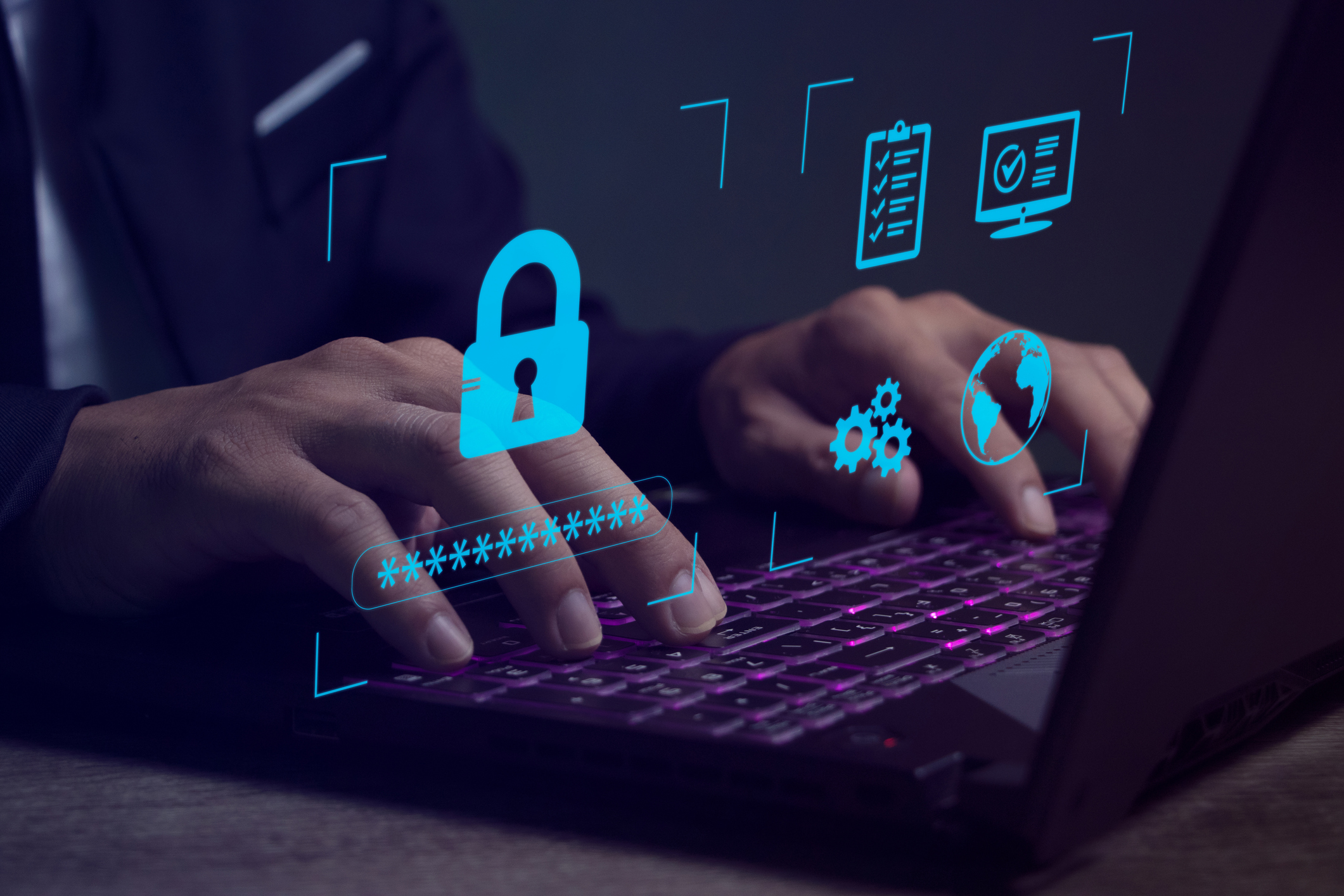In today’s digital age, the internet is an integral part of our daily lives, making tasks more convenient but also exposing us to potential risks. Understanding how to protect yourself against these threats is crucial for maintaining your online safety. This article will guide you through effective strategies for preventing online fraud and ensuring your personal information remains secure.
Understanding Online Fraud
Online fraud encompasses a variety of illegal activities conducted via the internet. These include identity theft, phishing scams, credit card fraud, and cyberstalking, among others.
What to Do for Online Safety
Create strong passwords for all your online accounts that should be at least 12 characters long and include a mix of letters, numbers, and symbols. Consider using a password manager to keep track of your unique passwords.
Wherever possible, enable two-factor authentication for an added layer of security for financial accounts.
Regularly update your software and operating systems on all devices to protect against vulnerabilities. This includes antivirus software, which should be kept up to date to detect and neutralize threats.
Ensure your home Wi-Fi network is secure by using a strong password. Public Wi-Fi networks are less secure so avoid conducting sensitive transactions over them unless using a virtual private network (VPN).
Phishing scams are emails and messages by fraudsters pretending to be a trustworthy source or your financial institution. Always look out for suspicious links or attachments and verify the sender’s authenticity before responding.
Back up important files and data stored on your devices quarterly, by using external hard drives or cloud services. This ensures that you can recover lost data in case of malware attacks or device failure.
If you suspect you've been targeted by an online scam or notice suspicious activity, report it immediately to your financial institution, relevant authorities, or service providers.
Securing Your Online Profile
- Review Privacy Settings: Review and adjust privacy settings on social media accounts to control who can see your posts and personal information.
- Restrict Profile Access: Limit who can view certain profile sections by setting appropriate privacy levels.
- Control Tagging Permissions: Set permissions for how others tag you in photos or posts; this prevents unwanted exposure of personal information.
- Protect Photos of Family: Uploading family photos online can be risky if privacy settings are not properly limited. Avoid geotagging photos with location data and be selective about which family moments are shared publicly versus privately.
By implementing good cybersecurity practices consistently across all aspects of digital life you protect yourself against evolving threats within our interconnected world.


